Growth of Electric and Hybrid Vehicles
The Automotive Printed Electronic Market is significantly influenced by the growth of electric and hybrid vehicles. As these vehicles become more mainstream, the demand for lightweight and efficient electronic components rises. Printed electronics offer a viable solution, enabling manufacturers to produce flexible and lightweight components that are essential for electric vehicle applications. The market for electric vehicles is expected to expand rapidly, with projections indicating a substantial increase in sales over the next decade. This shift towards electrification necessitates innovative electronic solutions, positioning printed electronics as a critical component in the Automotive Printed Electronic Market.
Increasing Focus on Vehicle Connectivity
The Automotive Printed Electronic Market is witnessing a growing emphasis on vehicle connectivity. As vehicles become more integrated with smart technologies and the Internet of Things (IoT), the need for advanced electronic components is escalating. Printed electronics play a crucial role in enabling seamless communication between vehicles and external networks. This connectivity enhances user experience and provides valuable data for manufacturers and service providers. The market for connected vehicles is projected to grow significantly, indicating a robust opportunity for printed electronics to support the development of innovative connectivity solutions within the Automotive Printed Electronic Market.
Regulatory Compliance and Environmental Standards
Regulatory compliance and environmental standards are increasingly influencing the Automotive Printed Electronic Market. Governments worldwide are implementing stricter regulations regarding emissions and energy efficiency, prompting automotive manufacturers to adopt more sustainable practices. Printed electronics, which can be produced using eco-friendly materials and processes, align well with these regulatory requirements. As manufacturers seek to reduce their environmental footprint, the demand for printed electronic solutions that meet these standards is likely to rise. This trend not only supports compliance but also enhances the overall sustainability of the Automotive Printed Electronic Market.
Rising Demand for Advanced Driver Assistance Systems
The Automotive Printed Electronic Market is experiencing a notable surge in demand for advanced driver assistance systems (ADAS). These systems, which enhance vehicle safety and driving experience, increasingly rely on printed electronics for their functionality. The integration of sensors, displays, and communication modules into vehicles is becoming more prevalent, with the market for ADAS projected to reach substantial figures in the coming years. This trend is driven by consumer preferences for safety features and regulatory pressures for enhanced vehicle safety standards. As a result, manufacturers are investing in printed electronics to create more efficient and compact solutions, thereby propelling the Automotive Printed Electronic Market forward.
Technological Advancements in Manufacturing Processes
Technological advancements in manufacturing processes are reshaping the Automotive Printed Electronic Market. Innovations such as roll-to-roll printing and advanced materials are enhancing the efficiency and scalability of production. These advancements allow for the mass production of printed electronic components at lower costs, making them more accessible to automotive manufacturers. As the industry moves towards more complex electronic systems, the ability to produce high-quality printed electronics rapidly and cost-effectively becomes increasingly important. This trend is likely to drive further adoption of printed electronics in various automotive applications, thereby expanding the Automotive Printed Electronic Market.


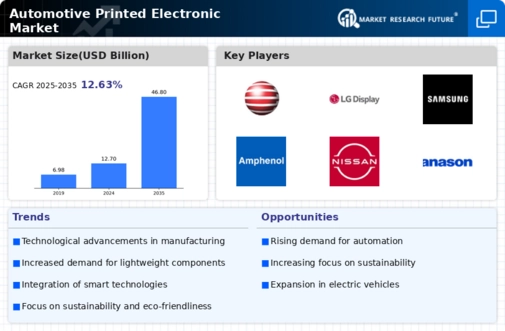
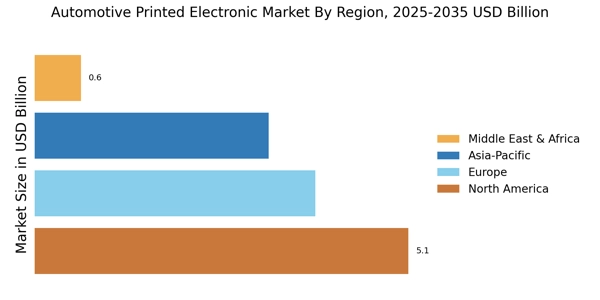

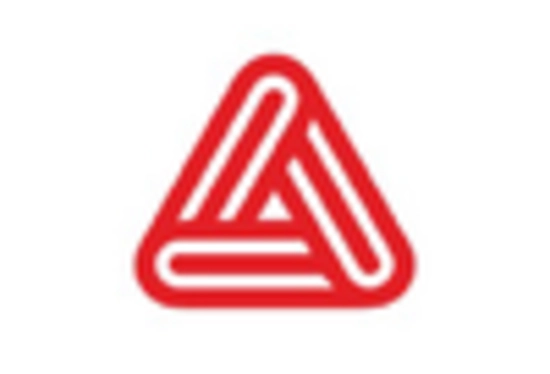
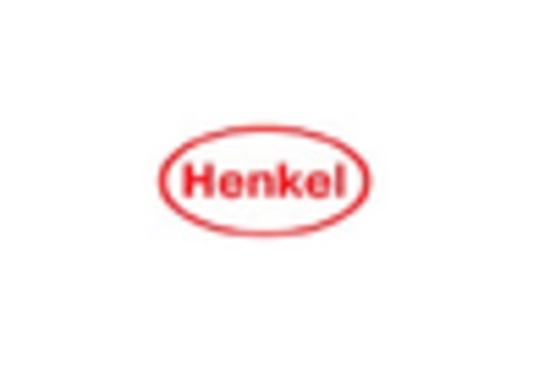
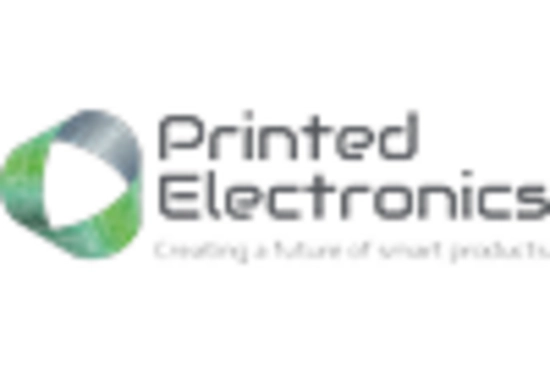
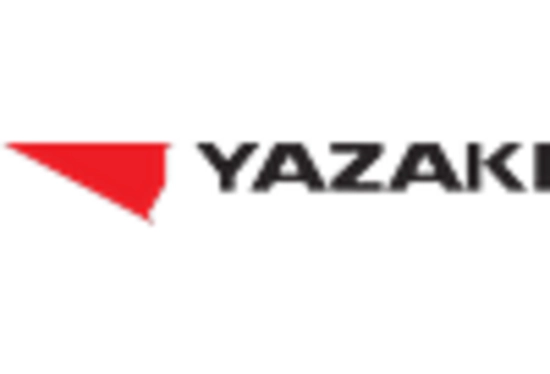








Leave a Comment